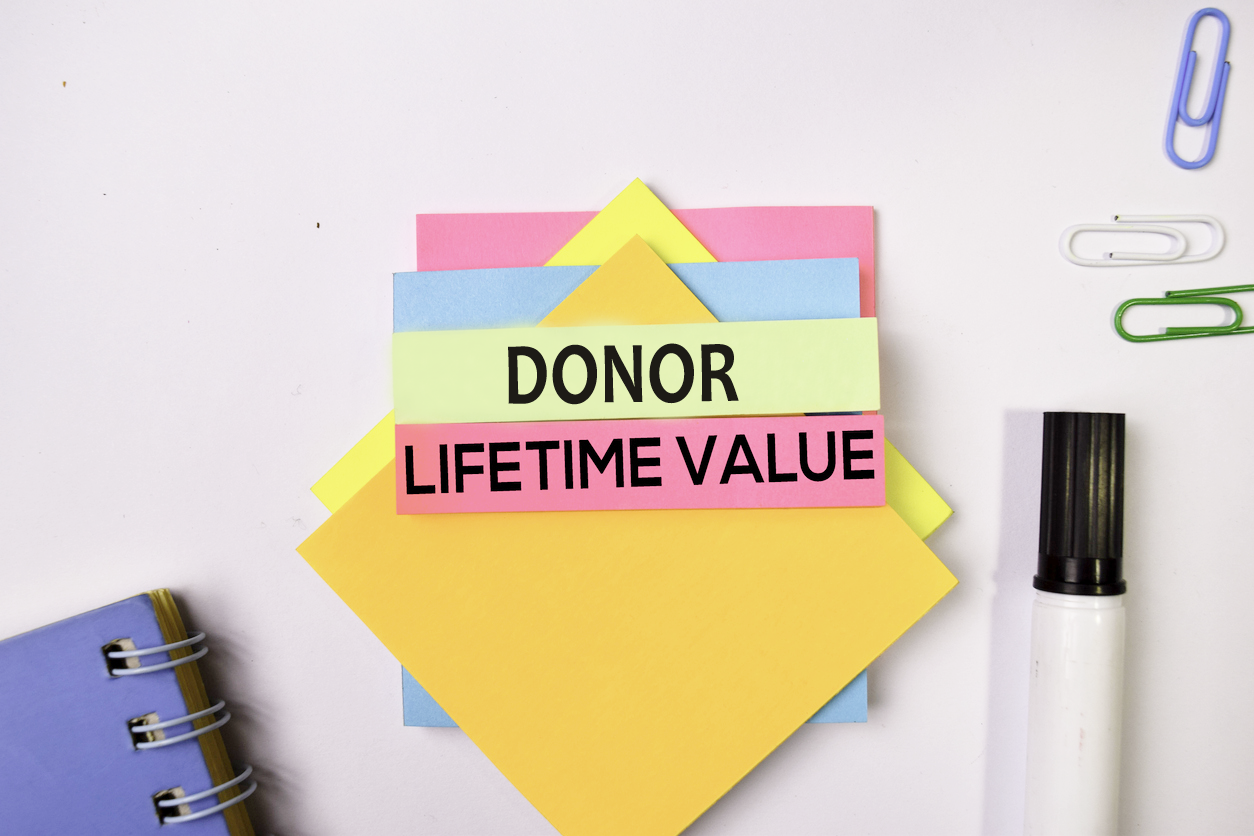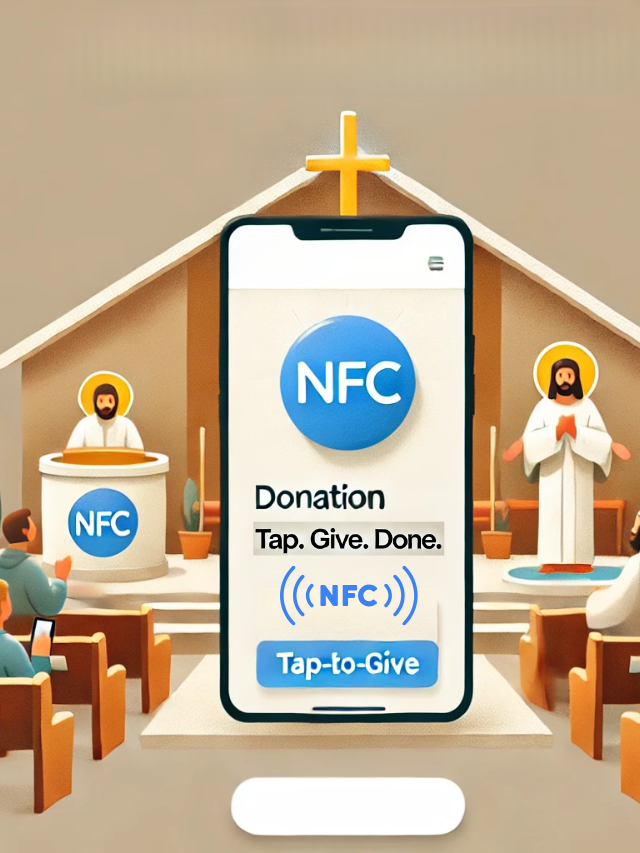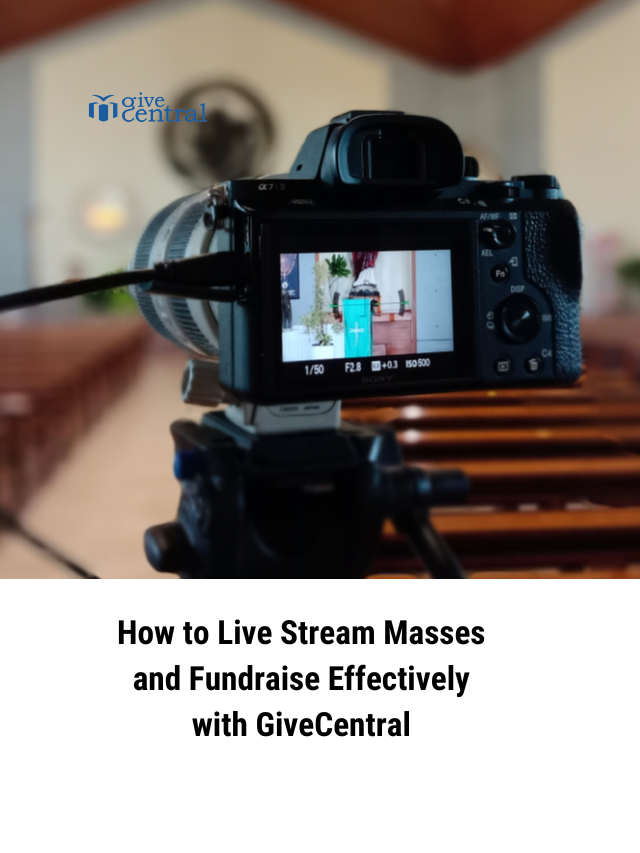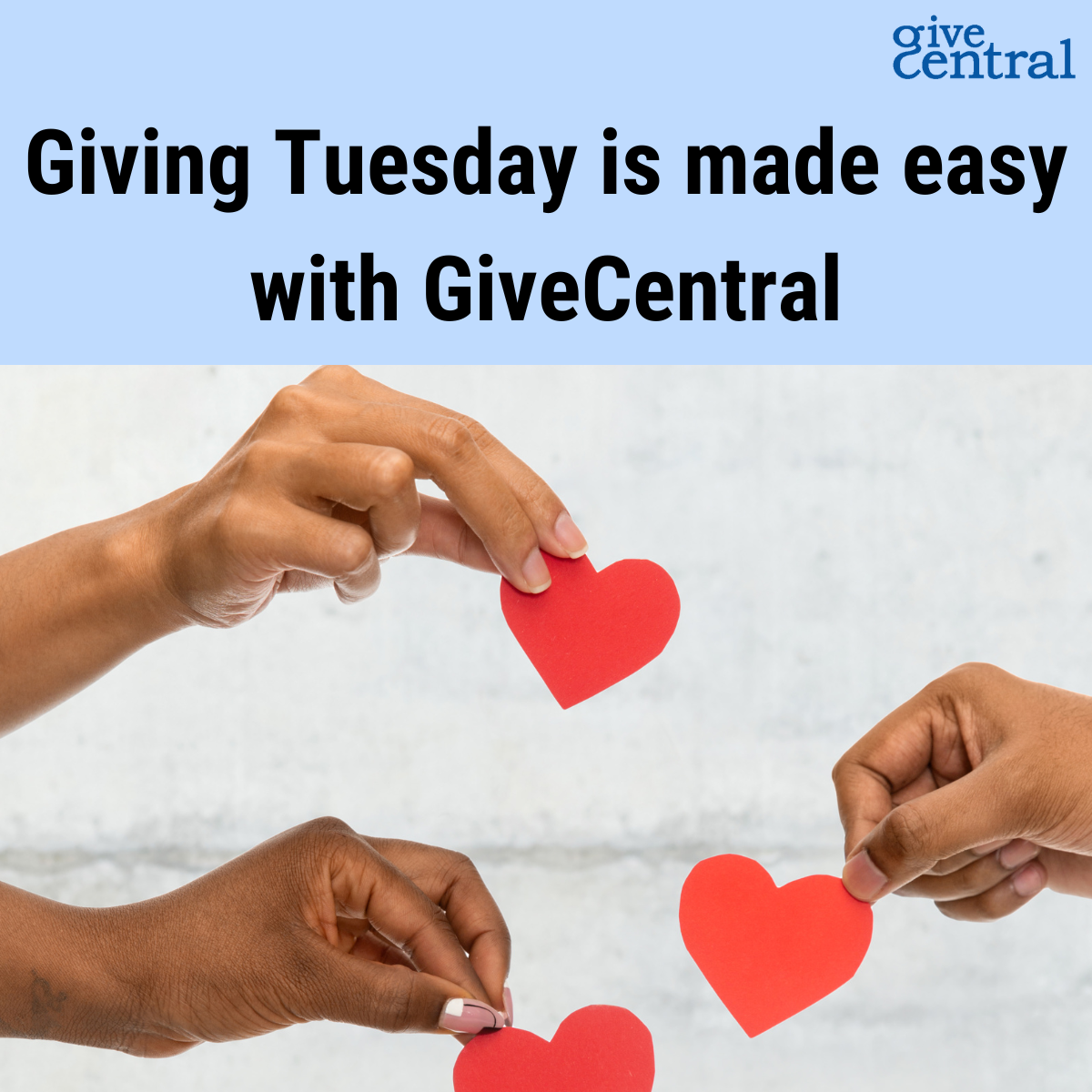The donor lifetime value indicates the degree of engagement with your donors. For nonprofit fundraising, recurring giving should be prioritized over acquiring new donors. To ensure a steady and predictable increase in gifts, retaining existing donors and increasing their lifetime value is a far more effective strategy than acquiring new donors. Recurring giving reflects how able your organization is in maintaining a lifetime relationship with your donors.
4 ways to increase donor retention
Donor lifetime value is a metric that shows how much a donor contributes towards your nonprofit over the lifetime of their giving. High lifetime value indicates each donor will bring in more donations towards your nonprofit fundraising. Here are 4 proven ways you can use to increase your donor retention and generate more gifts from your existing donors.
1. Collate and analyze your donor data
Data relating to the funds collected can provide insights regarding the growth of your nonprofit. The previous gift, when and for which cause, made by a donor can be used as an effective indicator to analyze your organization’s overall health. A frequent and recurrent giving signals that your relationship with donors is flourishing.
The best way to start is by getting your data in order. The next step should be to analyze the data to figure out the gaps. This helps in creating an effective nonprofit fundraising strategy that helps you engage better with your donors. Use donor management software to segment data, create custom messages, schedule follow-ups, and track engagements.
2. Refine your onboarding process
How well donors engage with you in the future largely depends on your onboarding process. Recurring giving can be deeply hampered because of poor onboarding. Onboarding is the initial touchpoint with your supporters and hence should be given due importance.
It is often seen that engagement with first-time givers is lengthy and tedious, which creates frustration among donors. Even if the subsequent nonprofit fundraising campaigns are simpler, it can still leave them skeptical of further donations. Try and make your onboarding process as simple as possible. For example, create a custom donation form that requires the minimum and necessary information.
3. Turn your regular donors into recurring donors
There cannot be a better way of increasing the lifetime value of donors than turning one-time donors into recurring donors. Running a monthly campaign can be of great help in order to convert them into recurring givers. Emphasize how a small monthly gift can make a great impact. Showcase the impact of their giving gesture. Let them know how their one-time giving has made a significant impact on their chosen cause. This will encourage them to give each month and successfully turn each donor into a recurring donor.
4. Improve engagement and communication
You must spare no effort in order to ensure effective communication. According to a study by the fundraising coach, about 50% of donors do not give again because of a lack of effective communication. A single instance of poor communication can lead to a loss that could have otherwise turned into a long-lasting relationship. Consider the segmentation of donor data based on demographical, geographical and behavioral parameters. This will help you create emails and messages that are tailored to suit each kind of donor.
Right from building initial rapport to thanking them for each gift they make, keeping a donor engaged at each step is key to building a long-lasting relationship.
donor management software Donors nonprofit fundraising recurring donations Recurring giving
Last modified: April 10, 2025





















